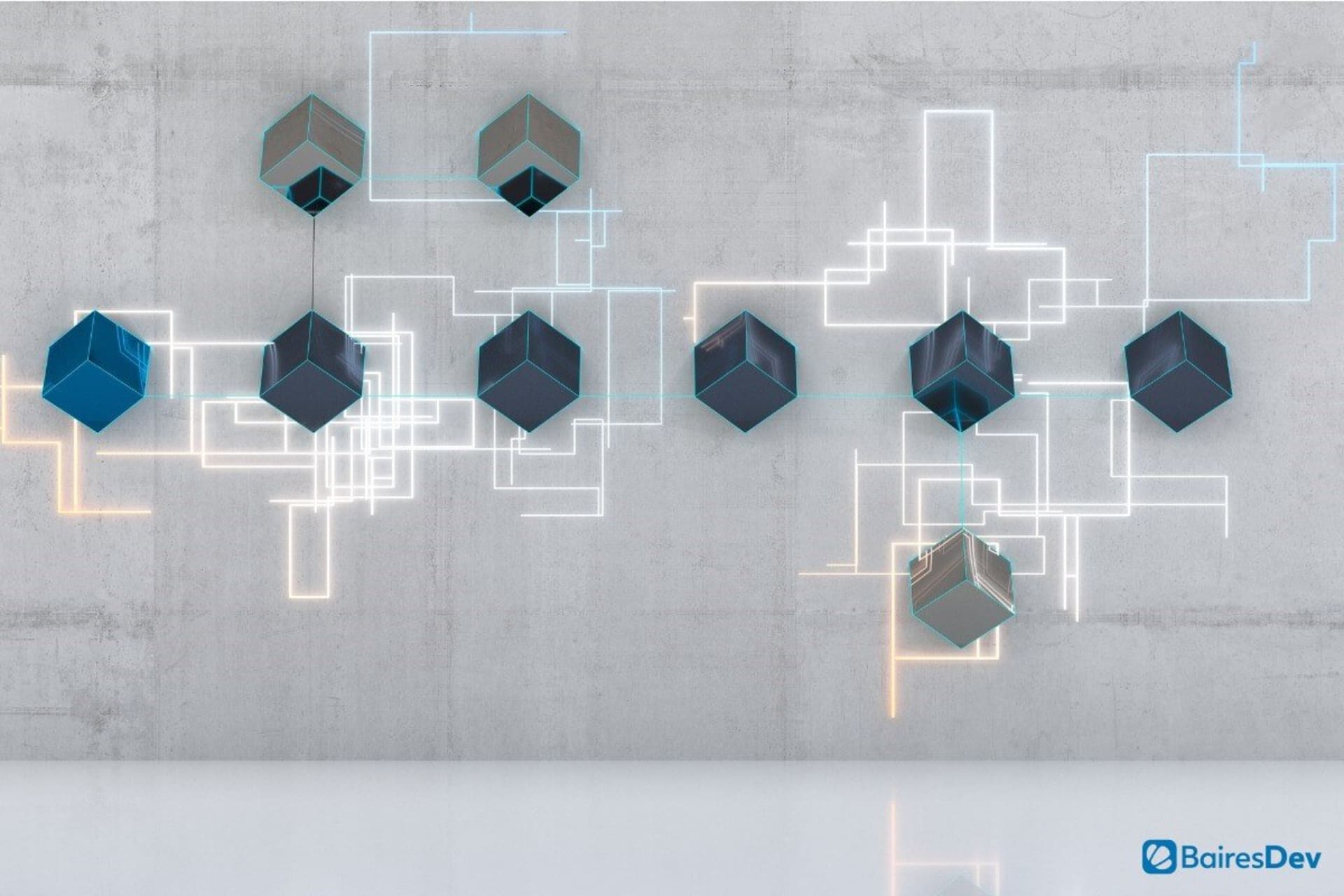Web 3.0 is coming and when it finally does arrive it will bring a massive change to how businesses build and deploy websites, web applications, and mobile applications. It will be a complete game-changer. And with the continued rise of blockchain, it’s almost certain that a decentralized web (aka Web 3.0) is on the horizon.
That also means your company will have to start considering applications built specifically for a decentralized network. A decentralized application (also called a dApp) uses a back-end code on decentralized technology, where it receives and acts upon data by blockchain. One of the very core tenets of dApps is that they aren’t controlled by a centralized server or authority (hence, decentralized).
If you have already considered dApps or are only just now becoming aware of their rise, what are the pros and cons of using them?
Let’s break it down.
The Pros of Decentralized Applications
There are plenty of pros to go around for decentralized applications.
Security
Because dApps don’t depend on a centralized server for authentication, they’re regarded as considerably more secure than a traditional application. This equates to not only your company enjoying more security but your users experiencing a much more secure service. This will go a very long way to helping your company’s reputation, which will help build more loyalty from your customers.
And given how rampant security breaches are now, anything a business can do to lock down data should be considered a must.
Cost-Efficient
Think about it this way: With dApps you don’t need a server because the app is hosted on servers all across the decentralized web. That means your business can save money because you won’t have to rent server space or maintain a data center.
dApps also offer a much higher transaction speed, which means you get at-scale apps with built-in failover, without having to do all the extra work.
Easy to develop
Much of the very complex protocols used by dApps have been abstracted, so developers won’t have to deal with a lot of the lower-end workings of the applications. This is dictated by the fact that these apps work on a decentralized network.
dApps are also quicker to develop and faster to deploy.
Less Downtime
If the decentralized web fulfills its promise, dApps could end downtime altogether. Because dApps don’t require connectivity to a single, centralized server, enterprises can guarantee absolutely minimal interruptions to services. Imagine never having to worry about your application going down. Ever. That alone should make dApps worthy of your consideration.
Never Lose Data
Because your dApp is hosted across an entire decentralized network, there’s never any concern of you losing data. If one node on the blockchain goes down, there are plenty more with your dApp data in sync, so you won’t miss a beat.
The Cons of Decentralized Applications
Now that you’ve read about the upside of dApps, let’s take a look at the downside.
Steep Learning Curve
dApps run on top of a very complex networking environment. Blockchain alone is very challenging to do right. But ultimately, this is a completely different type of infrastructure that will demand a brand new way of thinking by your developers, operations, and administrators.
Your teams will need to have a solid understanding of decentralized networks, which will be cause for much frustration at the front end of this migration. The learning curve will be steep at first, so you’ll need to be prepared for a slow ramp-up.
A Big Shift in Security
Decentralized networks require a different way of thinking with regard to security. You’re not dealing with a single server or a data center, you’re dealing with a global network which means your application must be resistant to attacks. This means your developers and admins will have to learn a completely new way of thinking concerning security. Instead of traditional security techniques, your teams will have to think more along the lines of security global transactions using technology geared toward blockchain applications.
Lesser User Experience
dApps are a very different metaphor for applications and aren’t always capable of delivering the best user experience. For instance, end-users will have to learn a completely different method of logging into your app. Instead of traditional username/password authentication, they’ll have to get used to working with public/private key authentication methods. This will cause confusion and complaints that your company will have to be prepared for.
Slower Speeds
dApps can be slower than traditional apps. This is because of the widespread nature of the decentralized network. Instead of instantaneous authentication and transactions, users will have to accept a slightly slower experience. This, of course, will improve as time goes on and improvements to the underlying blockchain technology are made.
Conclusion
It’s not a matter of if but when the decentralized web is brought to fruition. It will happen, and when it does, your business needs to be ready for both the ups and downs that come with it. But given that the pros far outweigh the cons, every company across the globe should be excited about what this new technology has to offer. Engaging with dApp development services can prepare and equip your business to navigate and capitalize on the decentralized web effectively.






